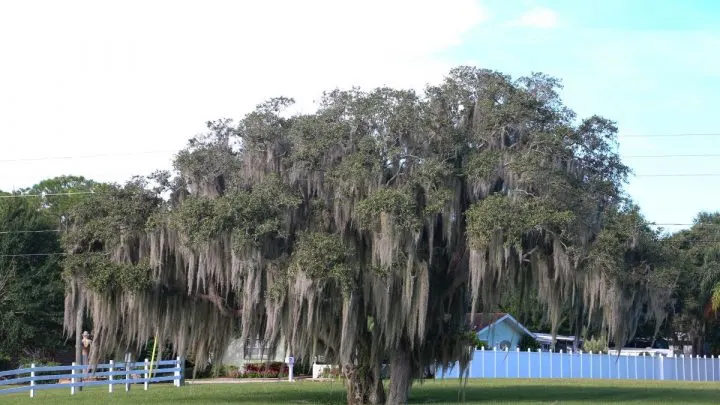There is no one unique Florida oak tree. I wish there was that one variety, special and unique for Florida only, but we have Florida oak trees. The plural isn’t always bad. It makes it more beautiful and joyful.
Many oak trees in Florida came from Europe and Asia, and maybe that is why they fit so perfectly in Florida.
There’s something so pure in nature’s way of perfectly balancing unscripted non-matched varieties that yet go well together.
In this article, we’re going to talk about the most famous Florida oak trees, their features, and their care guides. Since all the oak trees come from the same family, their care guides are almost the same.
What’s The Most Common Oak Tree In Florida?
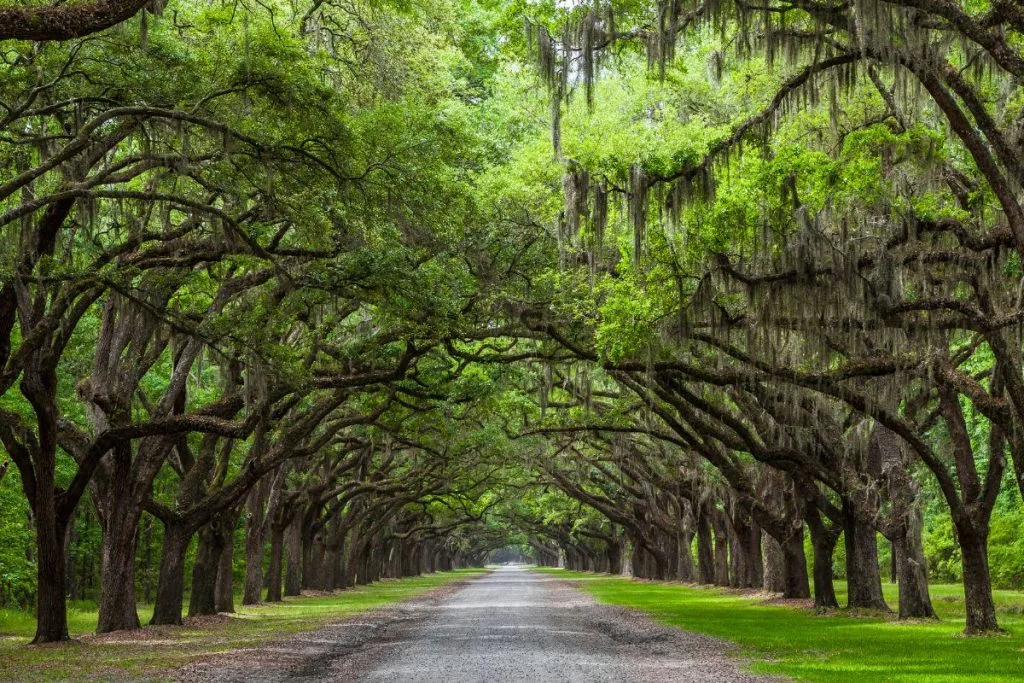
Let’s see then, which one is it? Is it Shumard oak, chinkapin oak tree, sand post oak, willow tree, bur oak? Might be Quercus nigra or quercus falcata?
If you didn’t see it coming, here it comes: the most common and most famous oak tree in Florida is the Live oak tree.
When you’re in Florida, there is a 75% chance that you’ll see this wonderful tree in someone’s yard, by someone’s driveway, you might see them in the park, and so on.
How Many Types Of Oak Trees Are There In Florida?
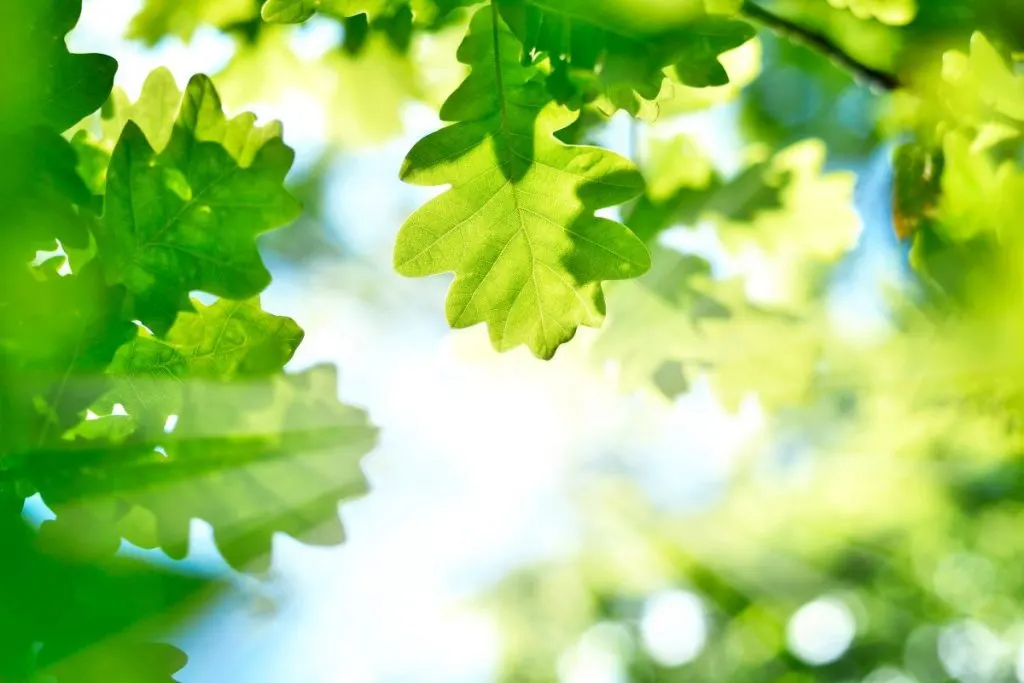
In Florida, there are over 450 oak tree varieties. Only 19 of those 450 however, are native to Florida.
In Northern Florida, famous oak trees are:
- Black oak (Quercus velutina)
- Bluff oak (Quercus austrina)
- Chapman oak (Quercus chapmanii)
- Laurel oak (Quercus laurifolia)
- Live oak (Quercus virginiana)
- Myrtle oak (Quercus myrtifolia)
In Southern Florida, famous oak trees are:
- Bluejack oak (Quercus marilandica)
- Live oak (Quercus virginiana)
- Swamp laurel oak (Quercus laurifolia)
- Turkey oak (Quercus laevis)
- Willow oak (Quercus phellos)
1. Care Guide For The Willow Oak Trees
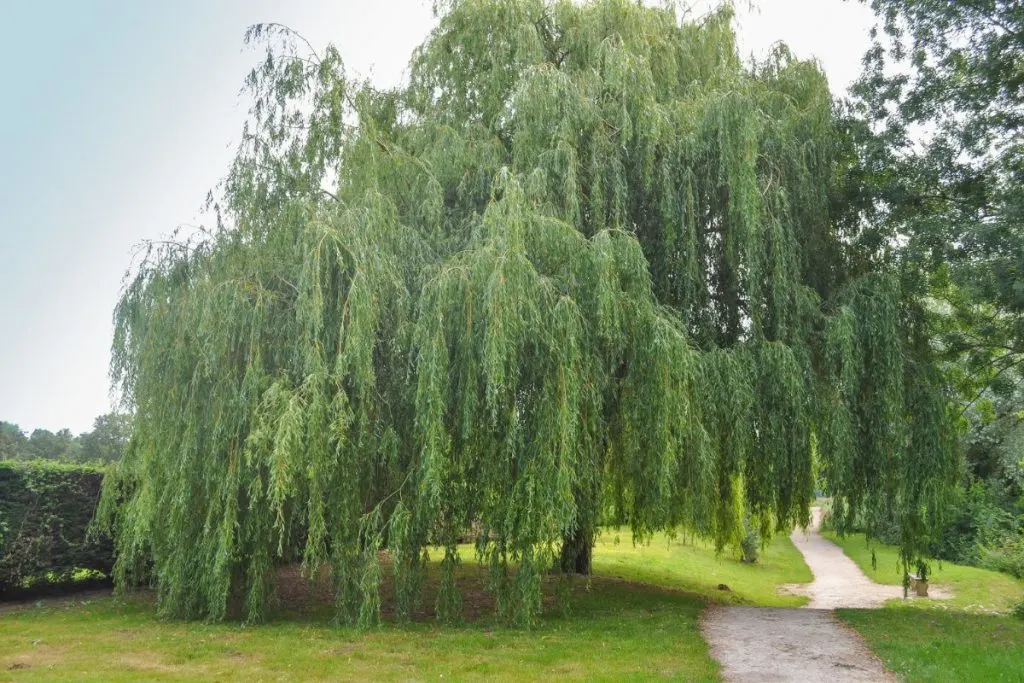
Willow Oak is a genus of deciduous trees from the Salicaceae family to which over 300 species of trees, shrubs, and semi-shrubs belong, widespread in Asia, North Africa, and Europe.
– Most species have alternately arranged buds and leaves. The leaves are usually lighter on the reverse and have pronounced veins.
– Seeds and cuttings can propagate almost all species. Take from the parent trees a 20-inch-long cutting and place it in a pot filled with moist soil or directly in the yard. The soil should be kept moderately moist until the cuttings take root.
– Before planting the willow oak tree with the seedlings it is necessary to soak the roots in a bucket of water. Then, dig a hole that is twice as deep and wider than the pot in which the seedling grew. Around the seedlings press the soil well and water it abundantly.
– Willows are easy to grow and do not require any special maintenance measures. They grow best in soil rich in organic matter. If the soil in your garden is poor and does not contain enough nutrients when planting, add compost.
– Otherwise, they do not need to be pruned unless you want to achieve and maintain a certain shape. Otherwise, only old and dead branches are removed.
– In the first year, the trees should be provided with a sufficient amount of water, so watering is done once a week. This can be done less frequently afterward, but it is important to make sure that the soil around the trees does not dry out completely.
If the leaves fall off in the spring and summer months, this is a sign that you need to water the tree more often.
2. About Swamp Chestnut Oak Tree
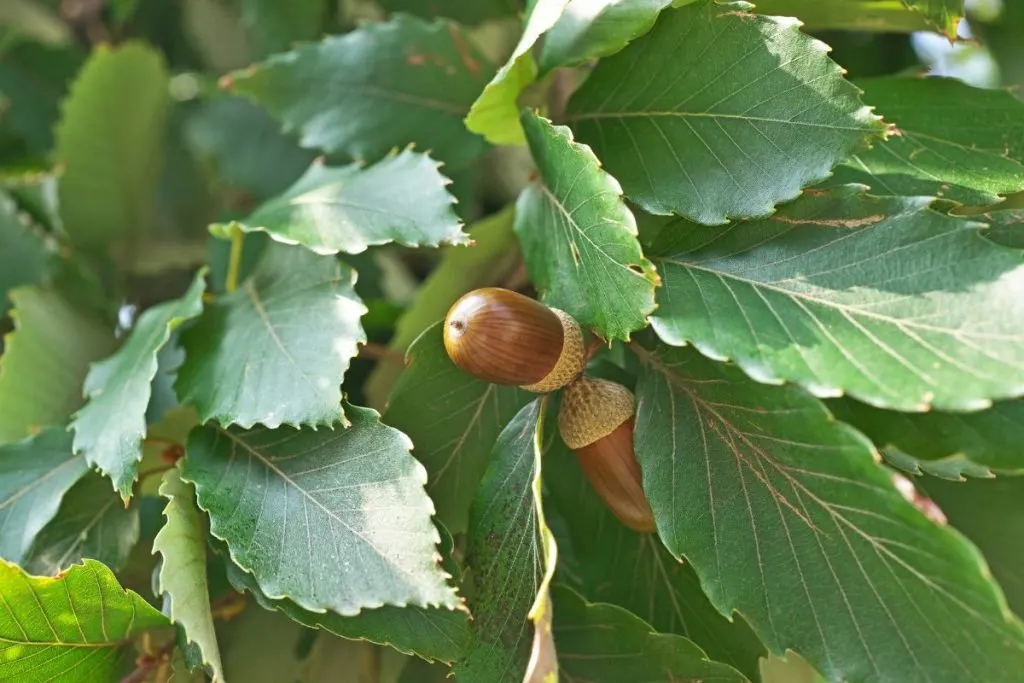
Chestnut oak tree (Quercus michauxii) is related to beech and oak, long-lived, it can grow up to 82 feet in height with a lush. It can reach the age of over 500 years.
– Water is extremely important in the period of flower bud development, flowering, fruit set, and growth. For good growth and development of the entire trunk, it is necessary to carry out irrigation during cultivation.
– Lime and lime additives are avoided because chestnuts do less well in such places. The soil must be well structured and deep so that a strong chestnut root can develop in it.
– Although chestnut is a forest plant, it responds well to nitrogen fertilization, and some phosphorus and potassium can be added to it. The terrain is cleared of large stones, stumps, veins of other trees, and shrubs. The soil is then leveled to do fertilization, plowing, and planting.
– The land in the chestnut plantation is cultivated during the summer mainly until the end of July, which depends on the frequency and abundance of rains.
– The land from the middle of August should not be cultivated because conditions would be created for the extension of vegetation. Then, chestnut trees would enter the dormant period with immature young shoots that could freeze due to frost.
– Chestnut seedlings are produced generatively (by sowing fruits containing one or more seed embryos) and vegetatively (by shoots and grafting).
3. Laurel Oak For Your Garden
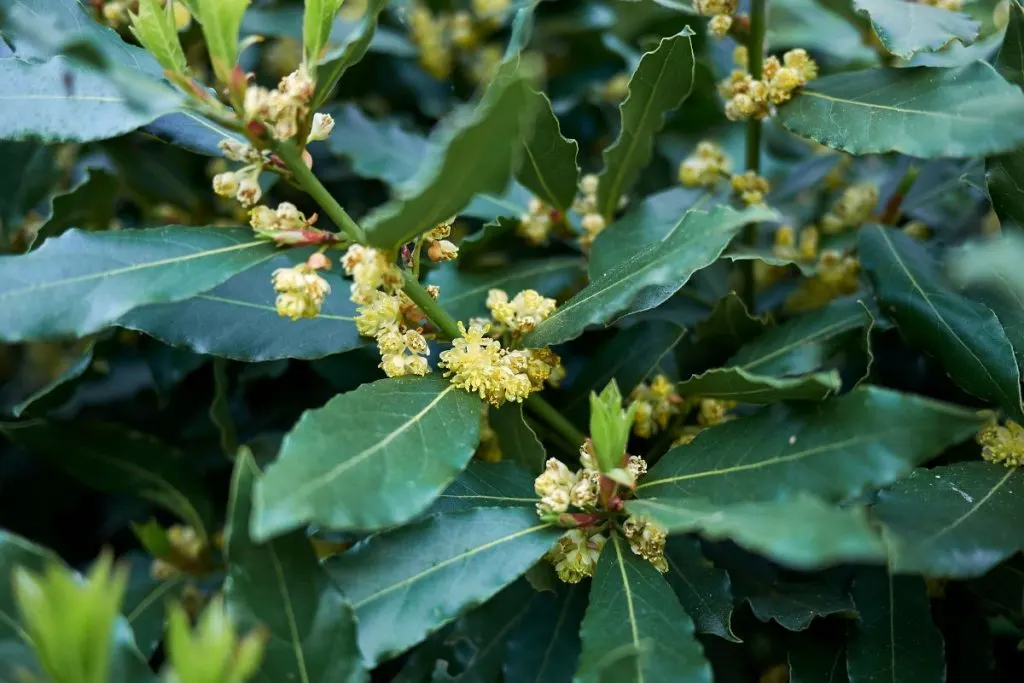
Laurel oak (Laurus nobilis) is a plant from the family of the same name, which includes the rose tree, camphor, true cinnamon, lychee, ravensara, and sassafras. It is believed that the origin of laurel dates back to Asia Minor and that from there it spread throughout the Mediterranean.
– Growing laurel oak trees from seed will take longer than other methods of cultivation because the seed has a very long period of germination, and only germination can prevent root rot. Before planting, soak the seeds well in warm water for 24 hours. The soil for planting should be moist, but there should be no standing water in it. Also, the soil should not be too saturated.
– Well-drained and permeable soils suit laurel. It can grow on clay, loamy, or sandy soils. For growing laurel in a jar, it is good to use ready-made substrates that will provide the plant with a good water-air regime.
– Since it is a Mediterranean culture, laurel is primarily suitable for sunny habitats, and it can also thrive in semi-shady habitats. Although it loves light, during hot summer days it needs a certain shade to protect it from excessive direct sunlight.
– Laurel grows slowly and young plants need to be watered regularly until they strengthen. After watering it is necessary to leave the soil to absorb water because too moist soil will not suit the laurel and cultivation will not be successful.
– If laurel oak is grown in jars and not transplanted, fertilizers with more nitrogen should be added at the beginning of the vegetation, and fertilizers with a higher potassium content should be added at the end of the vegetation. This will ensure that the plants are better prepared for winter.
4. Southern Live Oak Tree: Treat For Your Yard
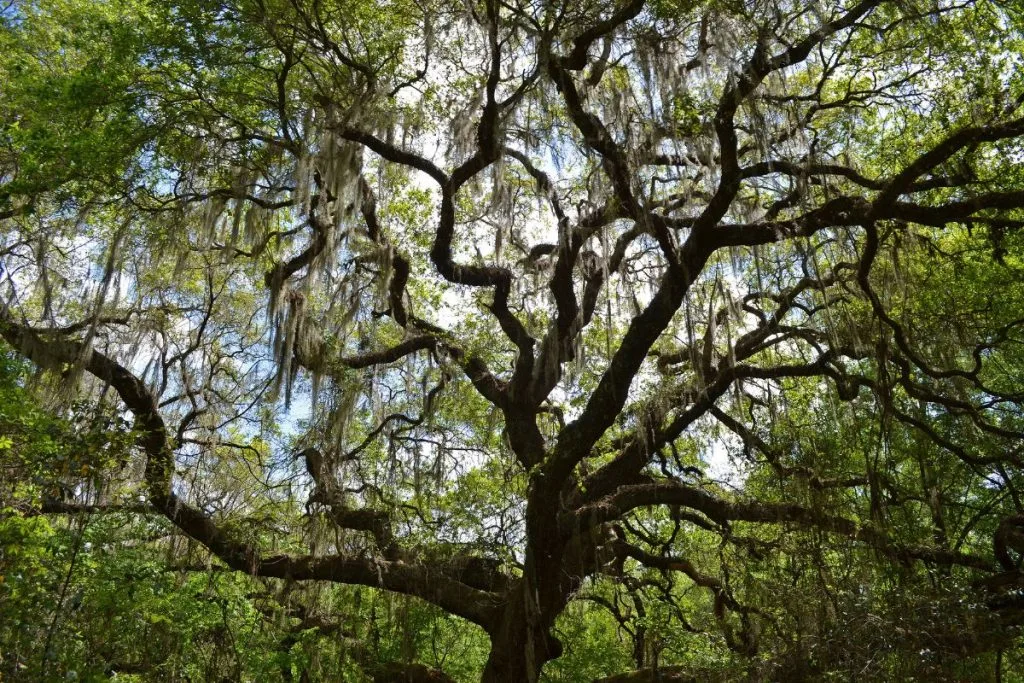
Southern live oak (Quercus virginiana) is a deciduous tree from the beech family (Fagaceae). The buds are ovoid round, slightly blunt, covered with light brown spiral scales with white hairs, and often with a thin brown border, the top buds are dense at the top of the shoot, and the lateral buds are approximately the same size and stand out from the branch.
– The tree is widespread in almost all of Europe and is still found in the Caucasus and Asia Minor. The fruit is light brown and is called an acorn. Acorns ripen in September and October. Bees visit the tree to collect nectar and pollen.
– To transplant an oak tree several meters high, you have to root it almost to death. If it survives the transplant, it will grow very little for years after trying to develop new roots. Large transplanted oaks are expensive, often costing tens of thousands and a 50% chance of dying in the first year. And they are still not the most expensive trees.
– The outdoor place chosen for planting must be well fed naturally and not too dry. It is desirable to plant to a depth as it was in the pot. To protect the planting site from drying out, it is recommended to throw sawdust around the seedling.
– Some argue that the best way to propagate oak seedlings and sprouts naturally is to create conditions for partial shade. This means that during the day, and almost at any time on the pedestal there is shade and sunlight.
– Oak is propagated sexually, by seed, and asexually, vegetatively. The plant is monoecious, meaning that it has both male and female flowers.
5. Turkey Oak Tree: Ottoman Beauty For Gardens
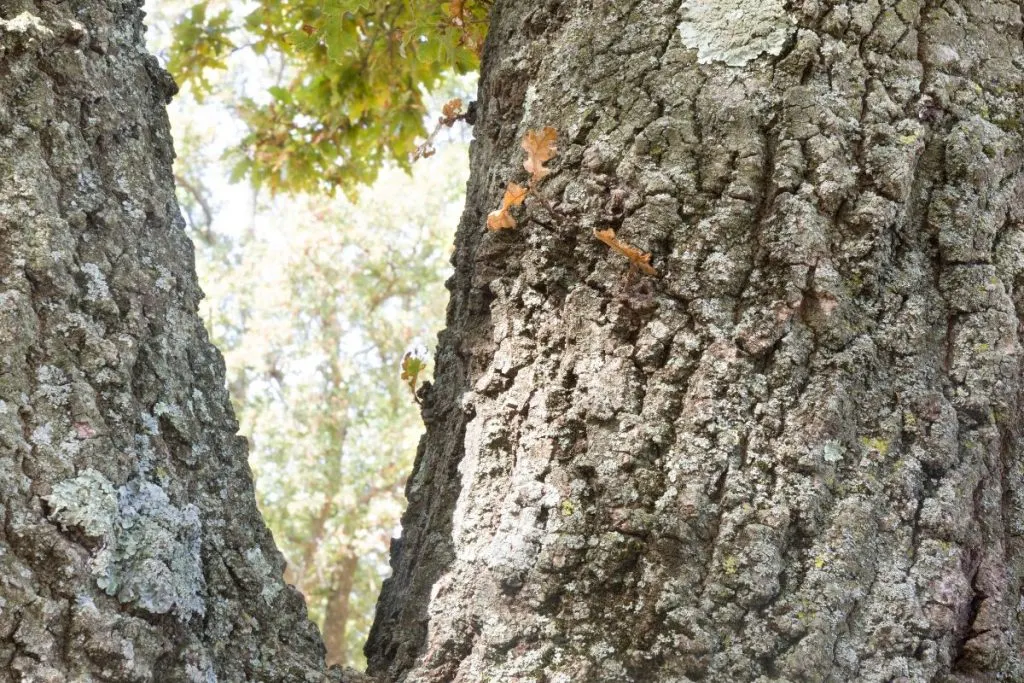
Turkish oak (Quercus cerris), grows large, about 115 feet tall and 85 feet wide. The tree grows rapidly and grows naturally in southern Europe and southwest Asia.
The northern boundary of the range extends from southwestern France through southern Austria and southern Hungary to western and southern Romania.
In the east, the area of distribution consists of a wider belt along the south of the Black Sea and the eastern Mediterranean from the south to Lebanon.
– The wood of this type is mainly used for simpler constructions and as a fuel. Sometimes used for boats or as a wooden floor. Turkish oak is planted as an ornamental plant in gardens, city parks, or along the streets. The acorn from Quercus cerris is an important food for various animals.
– Planting and transplanting are the same as for willow oak. Since its natural climate is continental, it can grow in almost all areas where it is planted. It does not require a lot of light and a lot of water.
– Rainwater here and there is a sufficient supply of water for this type of oak. If you grow it in the yard, any fertilizer for faster growth is welcome, it likes perlite the most.
– An alternative way of growing oak is to dig fresh seedlings in the forest. To do this, go in search of spring. Carefully dig up seedlings that have developed two or three leaves. Do not damage the long roots, because then the seedling will not grow.
– No tree or shrub provides for as many insects, beetles, and butterflies as an oak. By growing oak in the garden, you create natural plant protection for your ornamental and useful plants.
6. Spanish Oak Tree
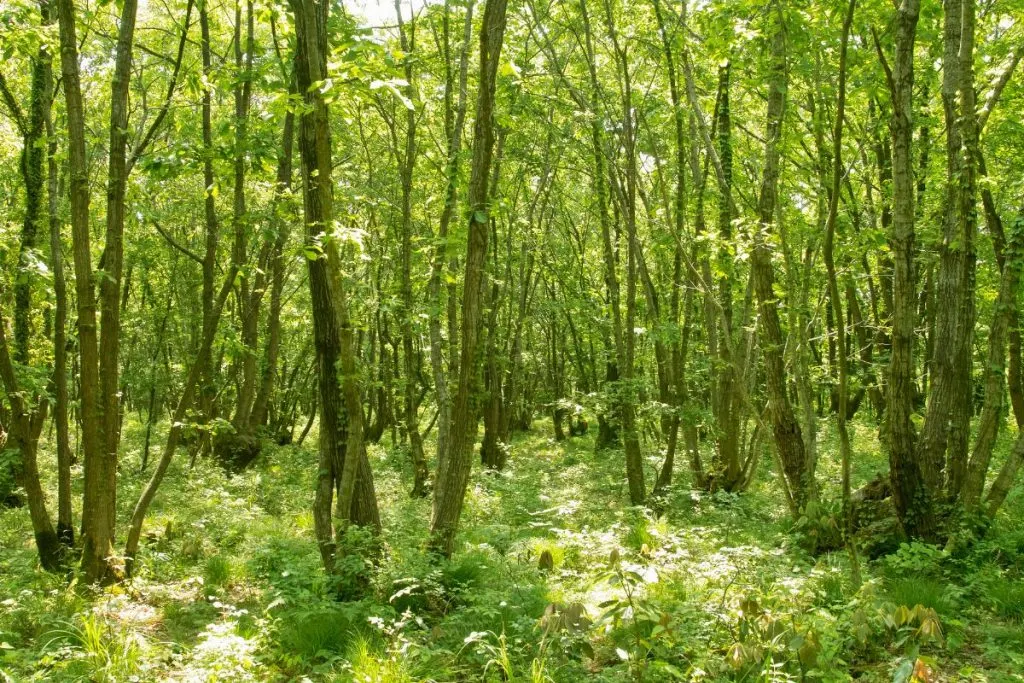
This single-stemmed tree (Quercus texana) is about 60 to 80 feet tall at maturity (rarely taller). The crown is rounded more narrowly with ascending branches in forest conditions, but it becomes more rounded in open conditions.
– On mature trees, the bark is dark gray with flat ridges and narrow grooves light brown, while on young trees it is smoother.
The large to medium-sized branches have relatively smooth medium gray bark. The branches are orange-brown, angular, and shiny until puberty.
– Young shoots are light green and have short pubescence. Alternative leaves appear along with the shoots and branches. The main lateral lobes curve toward the tip of each leaf; they taper into pointed tips.
The terminal lobes of each leaf are typically long and slender, while the base of each leaf is narrow U-shaped or wedge-shaped.
– The upper surface of the leaves is medium to dark green, smooth, and glossy, while the underside of the leaves is gray-white or light brown with star-shaped hairs.
– Cross-pollination of the flowers is by the wind in mid to late spring. The male flowers then fall to the ground, while the female flowers slowly develop into a fruit. Acorns mature in the fall after 2 years.
– Prefers sunny, neutral to dry conditions and slightly acidic soil containing alluvium, clay, stony or sandy material. This plant is cold tolerant zone 5 for specimens from more northern sources. It starts producing fruit after 25 years and it can live from 100 to 150 years.
7. Swamp Red Oak-Evergreen Of Florida Oak Trees
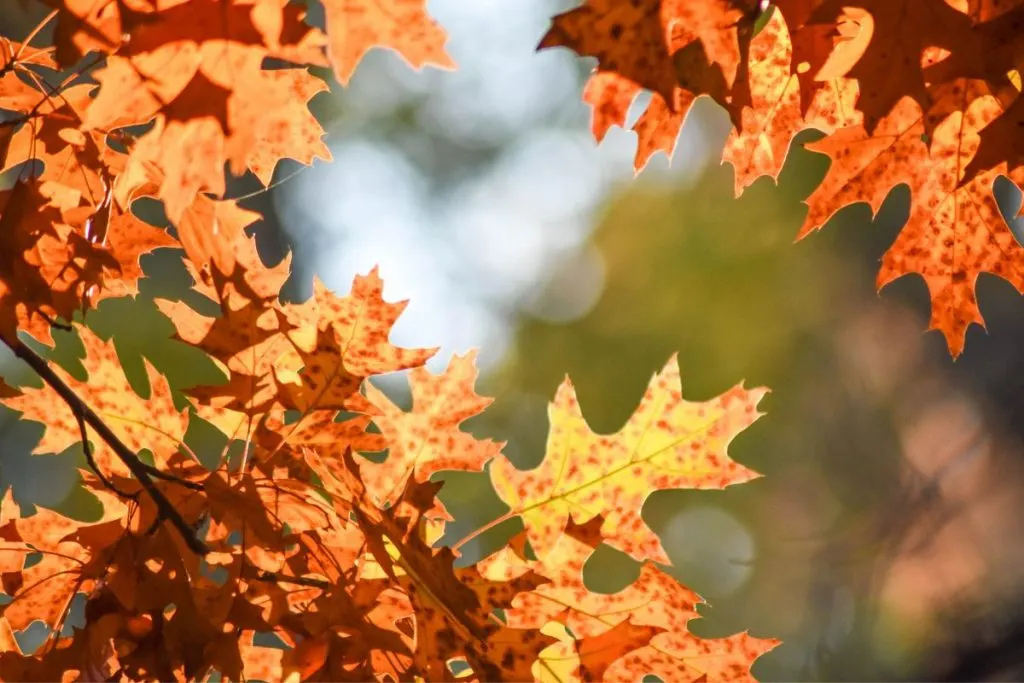
Swamp red oak (Quercus shumardii) is a medium to a high deciduous tree that develops a conical canopy. The leaves are alternate with 2 to 4 lobes on both sides that are more or less at right angles, pointed and serrated.
– This is the oak you want to have in your backyard, it’s magnificent! The leaf is bright shiny green on both sides, and in autumn there are intense red leaves. You can notice amazing evergreen leaves on its branches. These oaks grow fast. The root is shallow, usually horizontal.
It grows successfully on moderately dry, moist, and wet alluvial soils. It grows best on deep, fertile, and acidic soils.
This type of oak tree likes full sun. If your driveway is a sunny spot, it’s a perfect place for your swamp red oak. The same goes for swamp chestnut oak trees.
– It tolerates city conditions and low temperatures well. Although it loves moisture, it is not dependent on water and you will not have to constantly water it.
The male flowers are fringed, and the female ones are solitary and inconspicuous. The fruit is a sitting nut that fits into a plate-shaped dome only at the base.
– It’s light brown in color and paddle. It begins to bear fruit at the age of 20. The fruit ripens in October of the second year, and then they fall from the tree.
– Since it can withstand urban conditions, it is suitable for planting in urban areas. You will usually see it on promenades or driveways in Central Florida.
8. Bluejack Oak
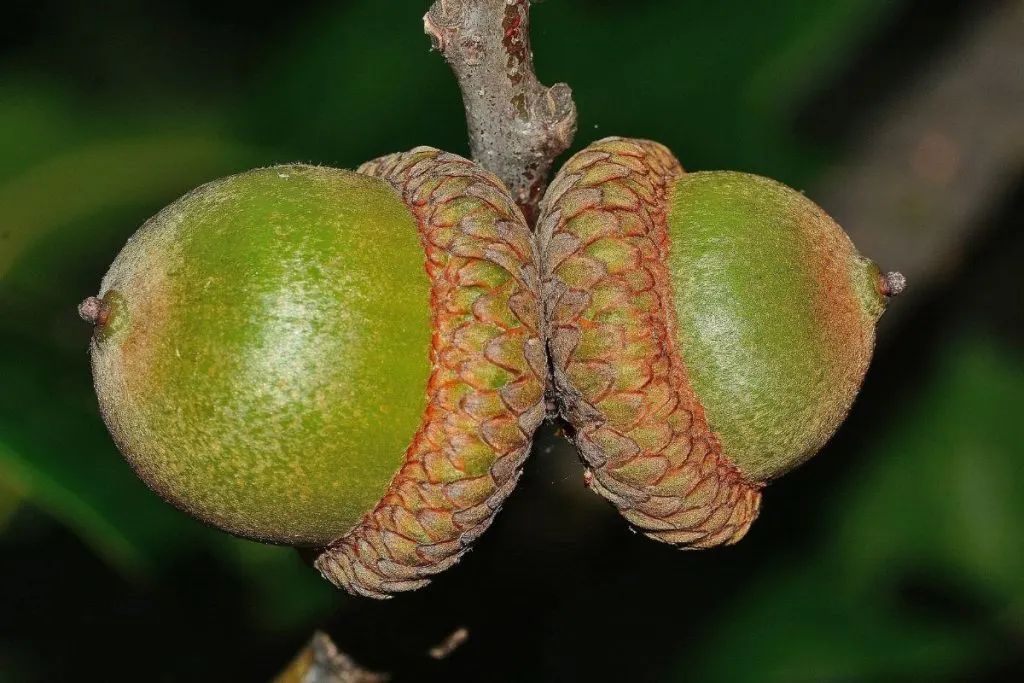
In the wild, (Quercus incana) is a shrub oak commonly found in deep sandy soils. In cultivation, the tree grows well to become a medium-sized oak tree for residential or urban landscaping.
Perhaps one of the forest’s best-kept secrets, it’s a beautiful tree that is largely unknown to the city’s inhabitants. At first glance, this tree looks like a young oak, but closer inspection reveals bluish foliage, wrinkled bark, and meniscus leaves.
– The tree grows naturally throughout northern and central Florida up to Lee County and Titusville. It would be a good candidate for use as a roadside plant or parking lot. Bluejack oak is very drought tolerant and would make a great addition to an urban landscape.
– It is especially suitable for planting in parking islands, along streets, and in other areas where there is a high floor area. Trees tend to have a dominant leader and wonderfully vibrant bark. The Gainesville tree in the parking islands did a great job.
– The underside of the foliage is white, possibly a drought-tolerant plant. Yellow leaf disease caused by micronutrient deficiency can occur on soils with high pH. Oak is considered annular to semi-porous. The oak tree is host to the brown caterpillar (Erynnis Horatius) and the gray beetle (Strymon melinus) larvae.
– Prune young bluejack oaks in mid to late winter or from January to March. Prepare your pruning tools. Establish a dominant branch of leadership. Make incisions outside the collar of the branch. Continue pruning each year to shape your tree.
9. Chinkapin Oak: Perfect Shade Tree For Your Terrace
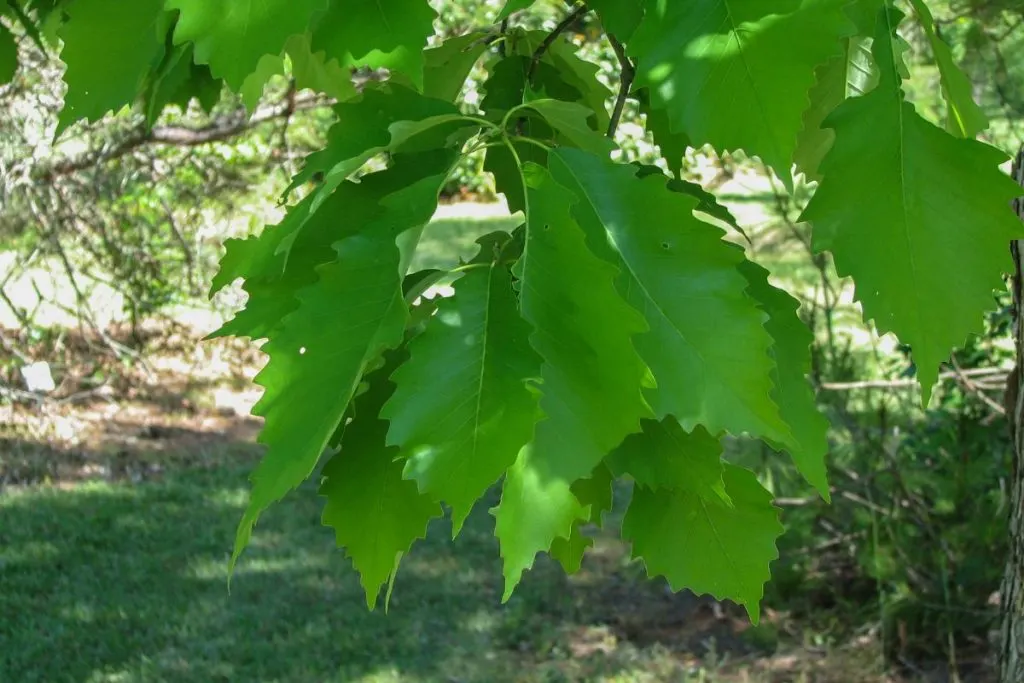
These oaks (Quercus muehlenbergii) are planted as shaded trees in the appropriate hardiness zones. The leaves of the chinkapin oak are especially beautiful. The tips of the leaves are yellow-green, while the undersides are pale silver.
The leaves flutter like aspens in the breeze. In autumn the leaves turn bright yellow, nicely contrasting with the white bark.
– Chinkapin acorns appear without stalks and mature in just one season. And they are edible if cooked. The wood of these oaks is hard and durable. It is known to take a fine polish and is used for furniture, fences, and barrels.
– Growing chinkapin oak is easier if you start a young tree in its permanent place. These oaks are difficult to transplant once established.
– Plant chinkapin is a place with full sun and well-drained soil. The species prefers moist, fertile soils, but tolerates many different soil types.
It is one of the white oak trees that accepts alkaline soils without the development of chlorosis.
– Caring for chinkapin trees is easy once they are established. Only list this tree if the weather is hot or dry. It has no serious diseases or problems with insects so it does not require spraying.
10. White Oak: Gentle Oak Tree
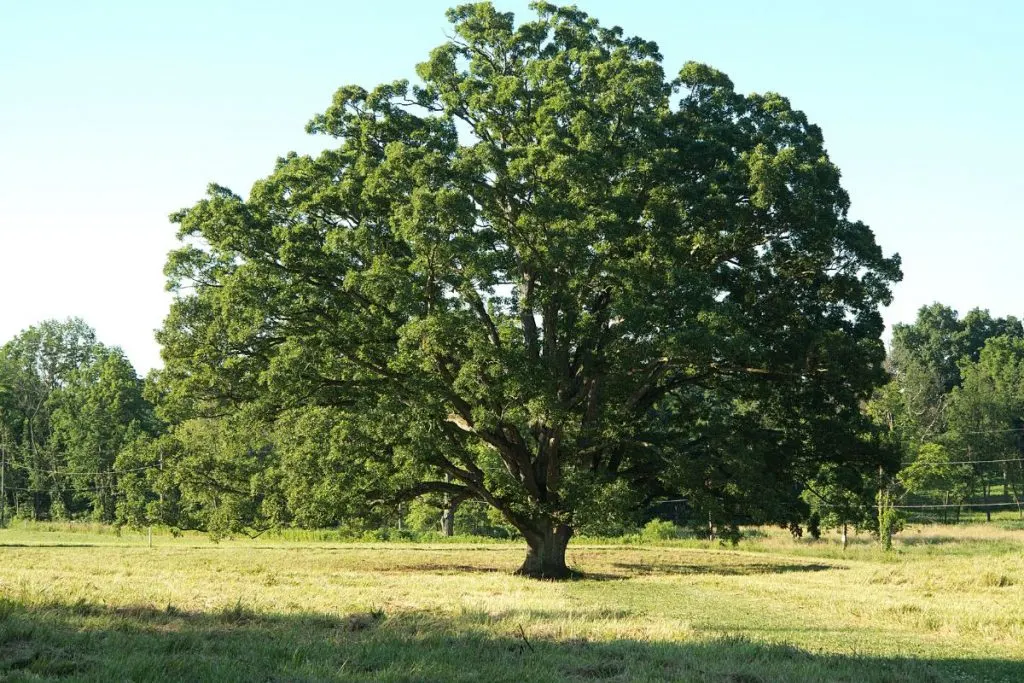
White oak (Quercus alba) is a North American native whose natural habitat stretches from southern Canada to Florida, across Texas and Minnesota. They are gentle giants who can reach 85 feet in height and live for centuries.
Their branches provide shade, their acorns feed on wild animals, and their autumn colors dazzle all who see them. Keep reading to learn some facts about white oak and how to incorporate white oak trees into your home’s landscape.
White oak trees are named after the whitish color of the underside of the leaves, which distinguishes them from other oaks.
They are resistant to USDA zone 3 to 9. They grow at a moderate rate, reaching between 50 and 80 and 50 to 80 feet. These oak trees produce both male and female flowers. The female flowers are smaller red spikes.
– White oak trees can start with acorns sown in the fall and heavily mulched. Young seedlings can be planted in the spring. White oak trees have deep roots, however, transplanting after a certain age can be very difficult.
– The conditions for growing white oak are relatively forgiving. Trees like to have at least 4 hours of direct sunlight a day, although in the wild young trees will grow in the forest underground for years.
– White oaks like deep, moist, rich, slightly acidic soil. Because of their deep root system, they can reasonably tolerate drought once established.
– However, they do not work well in poor, shallow, or compacted soil. Plant the oak somewhere where the soil is deep and rich and the sunlight unfiltered for best results.
11. Black Oak Tree: Another Idea For Your Driveway
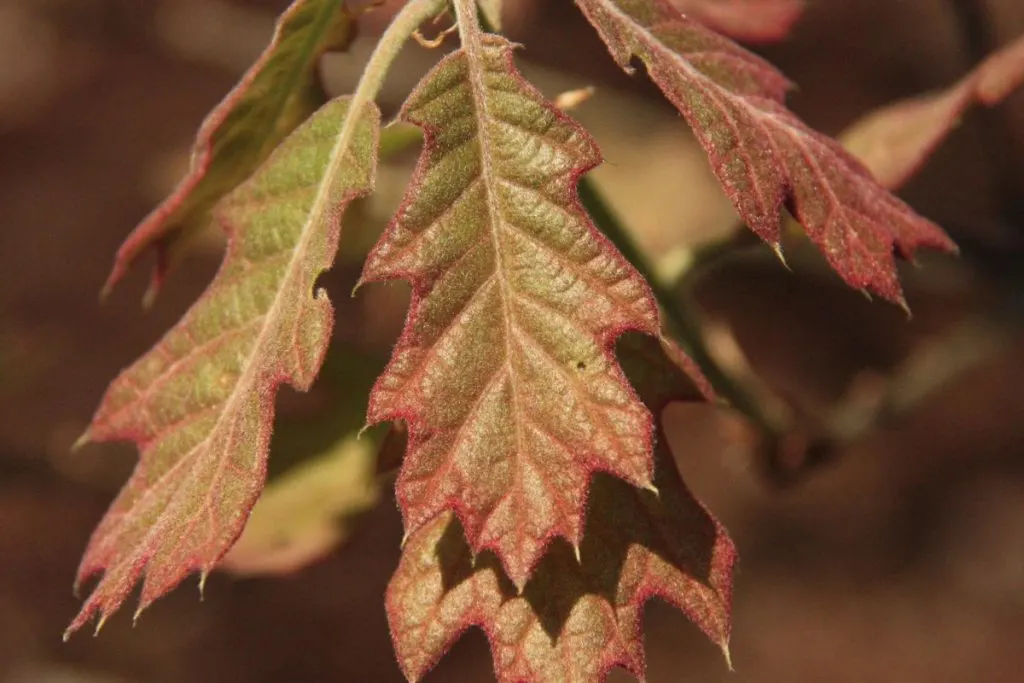
The black oak tree (Quercus velutina) can be used as a walkway or street tree. In autumn, there are yellow to a golden brown. This species is not offered in the trade as often as other oak species.
They are extremely common in their native range, which extends from Maine to Texas and the Great Plains and upper Midwest.
– These plants prefer full sun, slightly acidic, well-drained soil, and once planted will require little or no additional watering.
– These oaks grow very large, up to 150 feet, and should be spaced at least 0 feet apart. Due to their size, black oaks are not suitable for containers. It is not clear how well they can cope with deer.
– Their fall colors are mostly red with orange spots. In their native range, black oaks will need no addition of water other than what is in the precipitate. However, young plants benefit from a little additional water. This will ensure that the tree can survive the dry weather and grow into a tall, healthy tree.
– Occasionally water the young plants. Watch for signs of dehydration, such as wilting or premature leaf drop. Unlike white oaks, which can tolerate some shade, black oaks like full sun. They need a minimum of 6 hours of direct sunlight per day to grow into healthy plants.
About Other Oak Trees
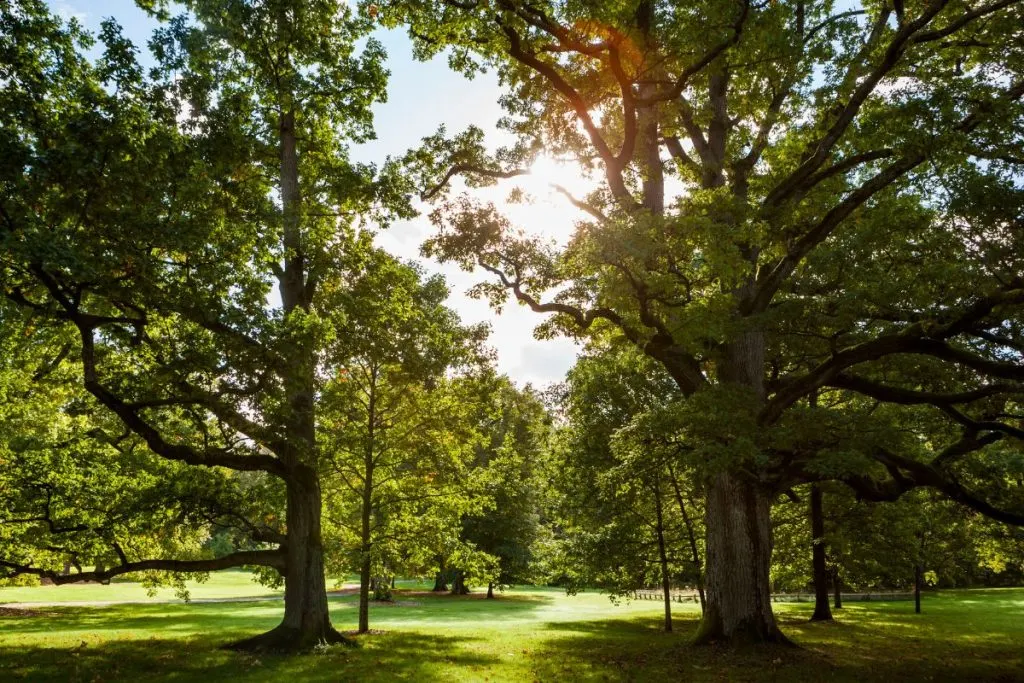
Bur oaks, Shumard oaks, live oaks, southern red oak, water oak, thick trunks, twisting branches, light brown, golden brown, light green, or light gray. It doesn’t matter what oak tree you choose, you can’t go wrong. Important thing is, that oak trees grow. Once you plant them they will be with you for generations.
All of these mentioned oak trees have something special. Maybe their upper leaf surfaces are unique and wonderful. Maybe some will grow taller than others. Some will be light some dark brown. Important thing is, between 450 species, you can surely pick one for you, can’t you?
Both female flowers and male flowers will look uh-mazing in your garden and you will have a perfect shade tree on your terrace. There is something truly sentimental about oak trees. You can even make a tree house on it. Wouldn’t that be amazing?
Oldest Oak Tree In Florida
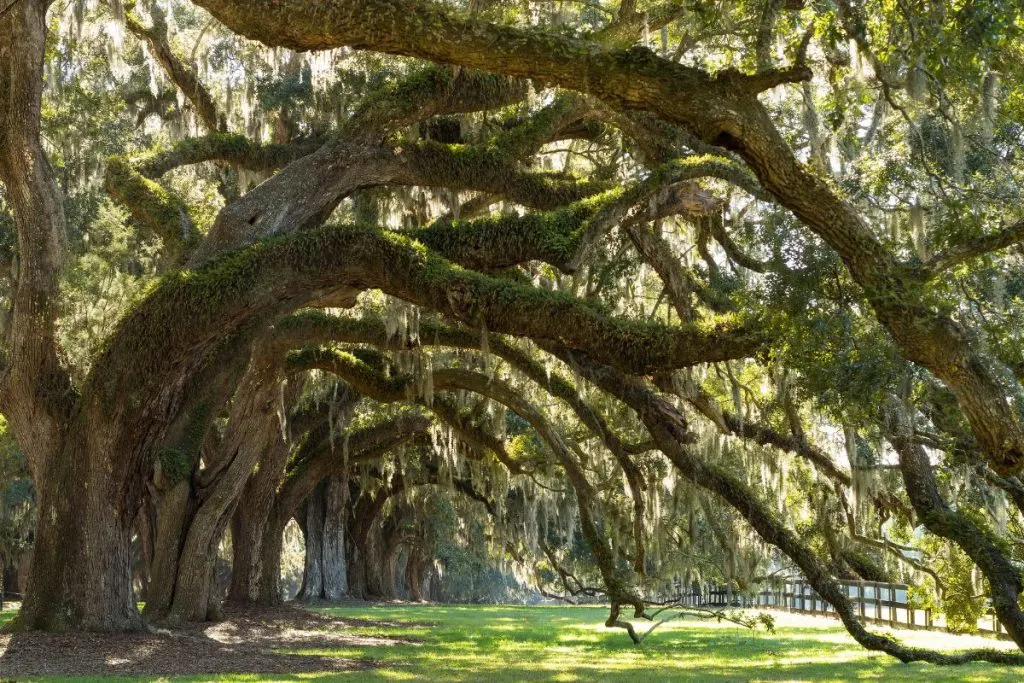
The oldest living oak tree in Florida is believed to be at Ormond Beach and is located in Bulow Creek State Park. This oak tree “Fairchild Oak” is over 400 years old. The oak tree has been a silent witness to human activity along Bulow Creek. According to the park, this includes the destruction of nearby Bulow Plantation during the Second Seminole War in 1836.
Live Oak is also one of the best trees to survive windstorms. These oaks have been called the best wind-tolerant shade trees in Florida. Within three months of Hurricane Charley’s landfall in Florida, oak trees that lived near the coast began to regrow leaves. Live Oak was also the best shade tree to survive Hurricane Camille, one of the strongest hurricanes ever to hit the United States.
Live Oak Society was founded in 193 by Dr. Edwin Lewis Stephens, the first president of the Southwest Louisiana Institute. The first owner to name the tree was Carole Hendry Doby, one of the seven sisters. Estimated to be 1200 years old by foresters, this tree measures over 38 feet in circumference. This oak tree is also the national champion of the National Register of Large Trees.
All in All
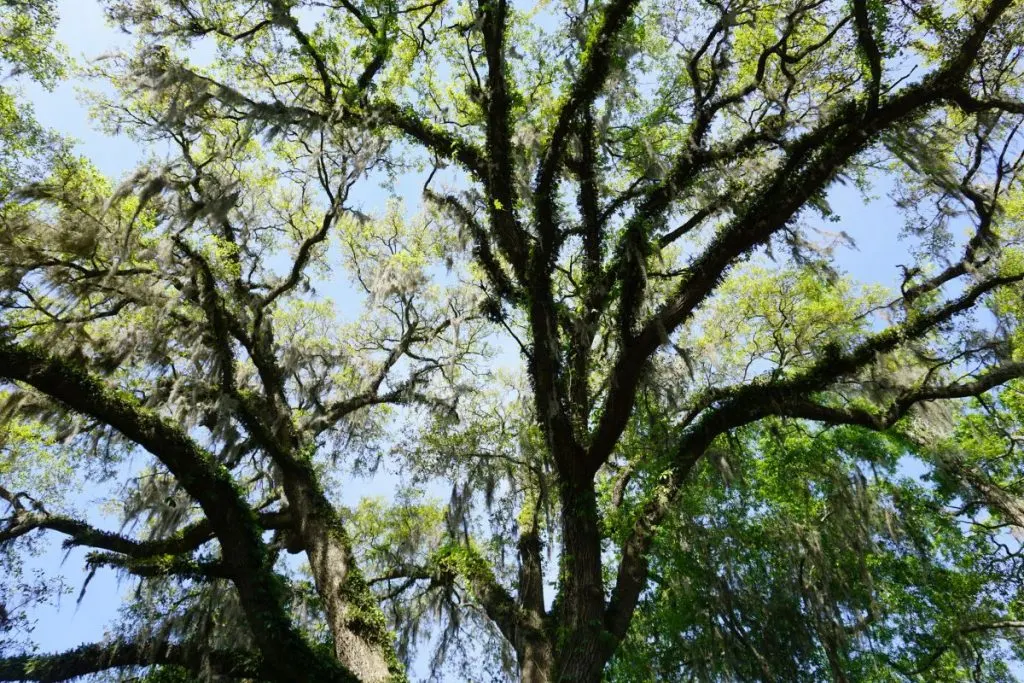
Without any further thoughts, I sincerely hope you enjoyed with us today and today’s article. If you plant an oak tree now in your garden, maybe your son or daughter will have a perfect shade tree in 15 years. It’s worth a shot, right?
If you have one already, maybe it’s time to add a colorful lovely tree house to it? I’m sure the little ones would like that idea.
450 is a big number, and exactly because of that, we gave you 11 famous Florida oak tree species to think about. Don’t think much though, get one.

